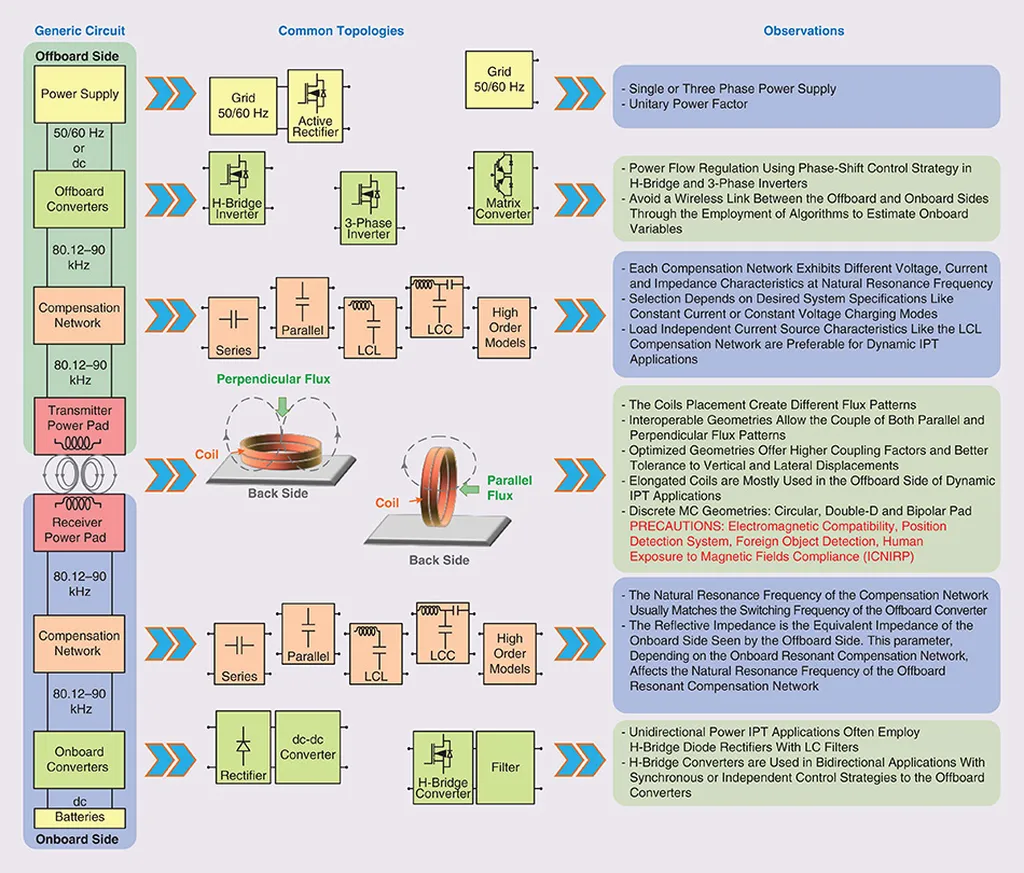In the ever-evolving landscape of power systems, maintaining frequency stability is akin to conducting a grand orchestra—each instrument must play in harmony to avoid discord. As renewable energy sources like wind power gain prominence, and energy storage systems (ESSs) become more dynamic, the challenge of frequency regulation in multi-area power systems (MPSs) has intensified. Enter Van Van Huynh, a researcher from the Faculty of Electrical and Electronics Engineering at Ton Duc Thang University, who has developed a novel control strategy that promises to revolutionize load frequency control (LFC) in these complex systems.
Huynh’s research, published in Scientific Reports, introduces a robust sliding mode control (SMC) strategy that leverages a proportional-derivative sliding surface (PD-SS) structure and an improved super-twisting algorithm (ISTA). The goal? To tackle the intricate frequency dynamics exacerbated by tie-line power exchanges, wind power fluctuations, and variations in battery and flywheel storage.
“Traditional control methods often struggle with the dynamic behavior of renewable energy sources and energy storage systems,” Huynh explains. “Our approach aims to address these challenges by providing a more robust and responsive control strategy.”
At the heart of Huynh’s method is a reduced-order LFC model that simplifies the frequency dynamics while accounting for lumped disturbances. This model forms the basis for a novel SMC scheme that eliminates reaching time, ensuring immediate trajectory convergence and improving transient performance. The improved super-twisting control law further enhances robustness by mitigating chattering and oscillation in system dynamics under uncertainties.
The implications for the energy sector are profound. As power systems become increasingly decentralized and reliant on renewable energy sources, the need for advanced control strategies becomes ever more critical. Huynh’s research offers a glimpse into the future of LFC, where frequency stability is maintained with precision and efficiency, even in the face of dynamic and unpredictable conditions.
“Our simulation results show significant improvements in overshoot reduction and settling time compared to traditional PD and PI SMC schemes,” Huynh notes. “This confirms the enhanced performance and robustness of our proposed method.”
The potential commercial impacts are vast. Energy providers could see reduced operational costs and improved grid reliability, leading to more stable and efficient power delivery. Moreover, as the integration of renewable energy sources continues to grow, Huynh’s control strategy could become a cornerstone of modern power system management.
As the energy sector continues to evolve, Huynh’s work serves as a beacon of innovation, guiding the way towards a more stable and sustainable future. By addressing the complexities of frequency regulation in multi-area power systems, Huynh’s research paves the way for advancements in load frequency control, ensuring that the orchestra of power systems plays in perfect harmony.

